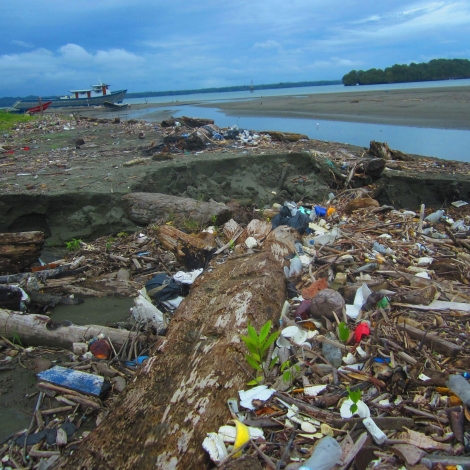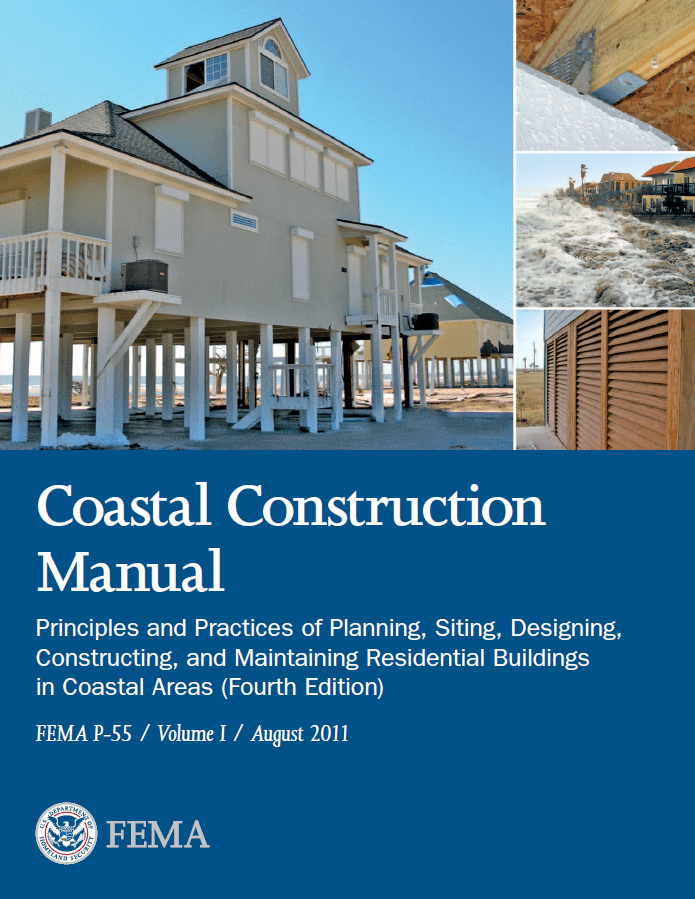Research in the Pacific coast of Colombia revealed conservation challenges that may have solutions in human-centered design.
The journey to Bahía Málaga started in Bogotá, Colombia, carrying one bag heavy with non-perishable foods, clothes for warm weather, rain boots and my hammock. After 20 hours on the bus, I had my first view of the impressive port of Buenaventura. I knew then that I was on the Pacific Colombian coast, where humpback whales are born, luminescent plankton glow in the waves at night and still-unidentified species of crabs inhabit the mangroves. But this was not my final destination. This was where I had a boat to catch.
After 50 minutes on a boat, I arrived at the town of Juan Chaco and felt many things happening at the same time. I saw a landscape full of estuaries and felt the humidity on my skin and in my lungs. There were bustling tourists, the expectant Afro-Colombian community, trash bonfires on the beach, and mosquitoes that fed on me. But I hadn’t yet arrived at my destination, so I needed to put my rain boots on for a walk through the jungle. In some stretches along the path that passed by water springs, the mud almost reached my knees.
I finally came to the house of Pocho Vázquez, Willy Vázquez, and Rommy Schrieber; the family that has served as caretakers of the biodiversity of the area for more than a decade. In their household, they eat arepas every morning and the conversations about what was and is now the landscape are a constant and controversial theme.
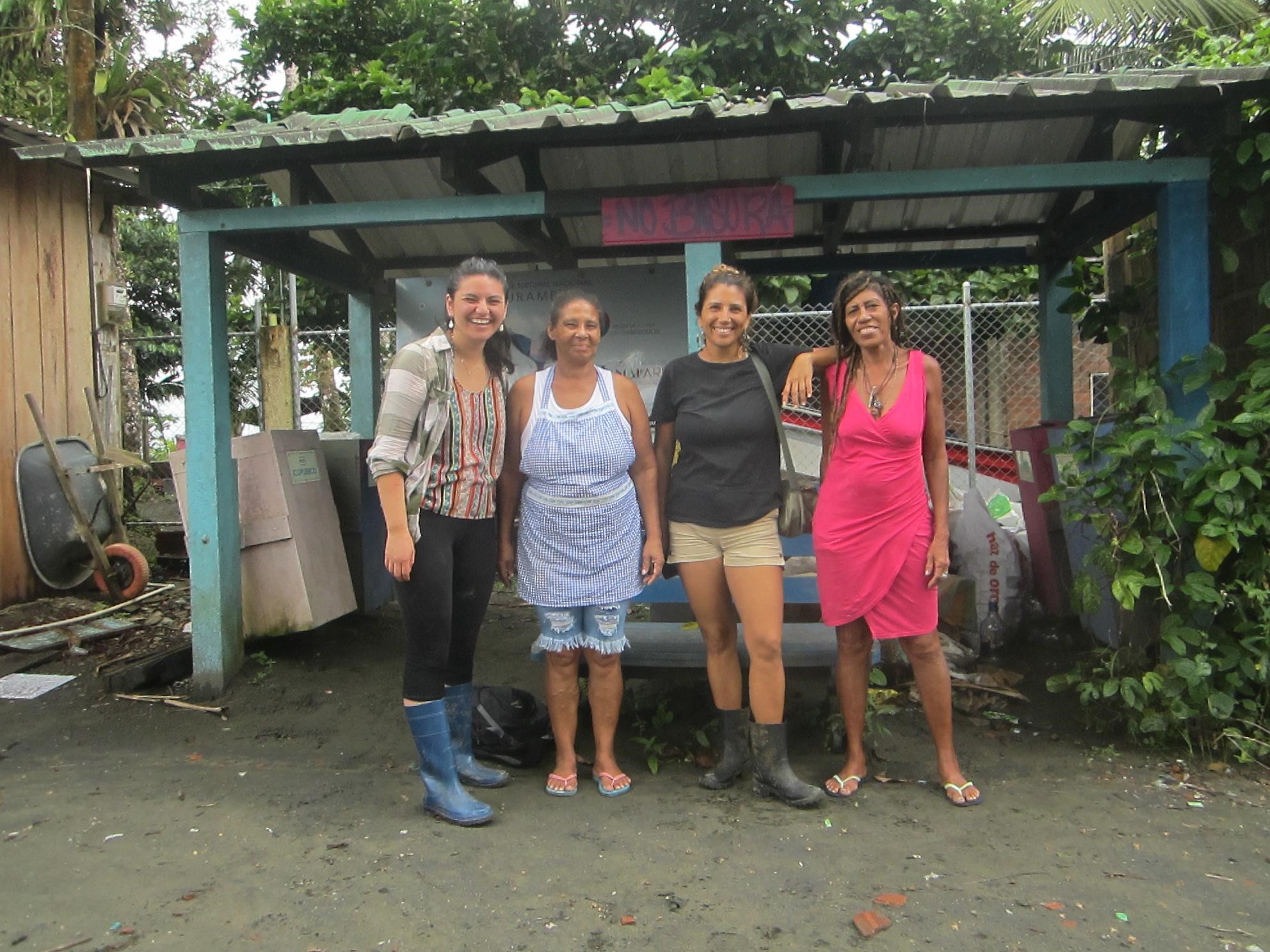
From the left, Ana Trujillo, Doña Hilda, Rommy Schrieber, and Luz Dary Mosquera stand in front of the Ecopazifico recycling station. Photo courtesy of Ana Trujillo
Rommy Schrieber founded Ecopazifico NGO eight years ago with the health of the surrounding coastal waters in mind. On one of our walks in the jungle, she said to me with conviction, “Whales need and deserve to be born in clean water, we have to do something to make this happen.” during my 11 days there I came to understand the social, political, environmental and technical processes that implies.
A trash-strewn beach
Walking barefoot on the beach I got to know some of the 1167 people from the community and about how Ecopazifico has impacted their lives directly. From that community, 263 volunteers collaborate with EcoPazifico, picking up trash that washes ashore with their hands during clean-ups led by the community’s beach rangers. They collected 23,118 kg of waste from 2021 to today. (Data from Ecopazifico app). Not every time, but sometimes it is possible to find the waste already separated among the 17 recycling stations that have been installed all across the town.
The community is not the only source of the trash. Tourists are responsible for a large part of it too, since tourism is the most common source of income in a region with an unemployment rate of 11.8 percent, and the department of Valle del Cauca to which Juan Chaco belongs, has a multidimensional poverty rate of 8.6 percent according to DANE data. Ecopazifico has discovered that the majority of the trash is coming from Buenaventura, with the rest floating in from further afield, including Ecuador, El Salvador, Guatemala and Costa Rica, and even trash from Asia has been found around the beach.
Bottles are the bulk of the trash. Glass bottles represent 30.68 percent, and plastic bottles are 29.7 percent. Other trash, in order of quantity, include plastic bags (16.61 percent), metal (9.67 percent), Styrofoam (6.92 percent), flip-flops (2.41 percent), cardboard (2.34 percent) and bottle caps (1.6 percent).
And what to do with all this waste? The village does not have an aqueduct, all the water they use in their homes comes from rainwater catchment systems. Waste management systems are not a priority, yet. So, the easiest solutions are to burn the trash in bonfires on the beach or throw it into the sea.
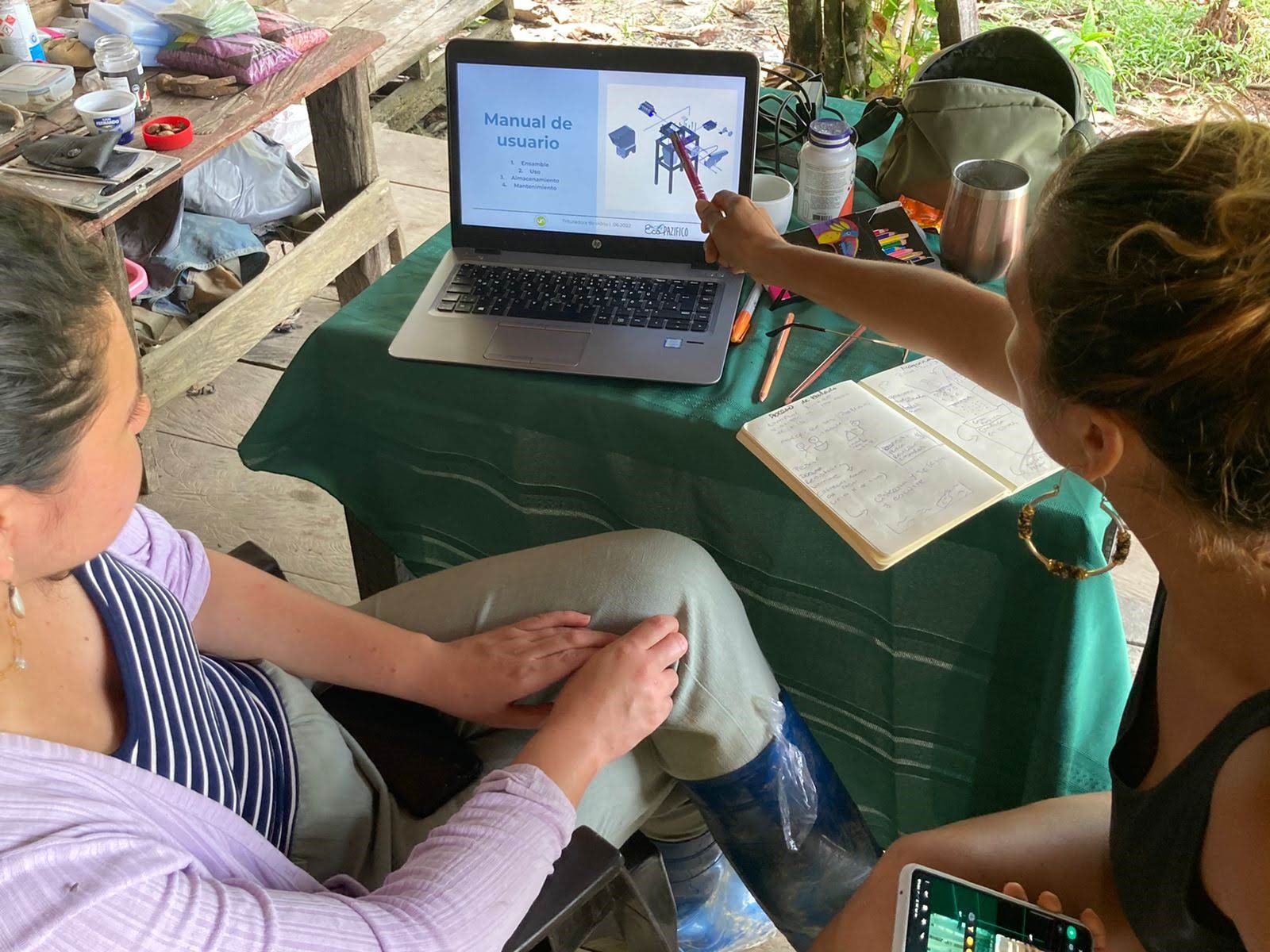
Residents and visitors to Juan Chaco take part in the research and design of solutions to the community’s trash and recycling challenges. Photo courtesy of Ana Trujillo
Two clear needs
The two clear needs the community has now are improved waste management, and better income opportunities to reduce unemployment and multidimensional poverty.
Several initiatives are working now to address to meet both needs. The construction of a recycling center is a joint project carried out by several civil society and non-governmental organizations including Ecopazifico, Juan Manglar and givepower. The recycling center will operate with solar energy, and it will include technologies that transform and re-use some of the materials collected as trash in Juan Chaco. Plastic shredders and injectors are already in place. Glass bottles comprise a large part of the trash collected, and I have been involved in the design of a bottle crusher to convert the bottles into a saleable material. Research into the bottle issue has revealed opportunities for using pulverized glass as a replacement for sand in cement mixtures and sandblasters.
Human-centered R&D
I have been working with the community and other volunteers on the design of the bottle crusher. The research and development have included calculations and selection of materials, CAD modeling, fabrication drawings, structural analysis and budget. When the work is finished, we will make recommendations for the construction of the machine in the coming months.
New technology does not guarantee a solution that works for everyone, of course. For more equitable progress, I believe that community ownership of these technologies is what is really important. Solutions that work stem from a true understanding of the community’s needs. So, it is necessary, for example, to design a glass-crushing machine with members of the community so that it fits their interests.
I applied user-centered design methods to generate empathy with the future operators of the machines, improve our communication and provide them with appropriate technology. Reflecting on their past experiences was very interesting as well. The construction of a recycling center has been in the community’s plans for many years, but so far it has not materialized. The reasons for the delay are numerous. As an example, I found an unused trash compactor in the place designated as the future recycling center. It was donated six years ago by another organization, but the community was not able to install it and use it properly. They are just waiting to dismantle it to sell it as scrap.
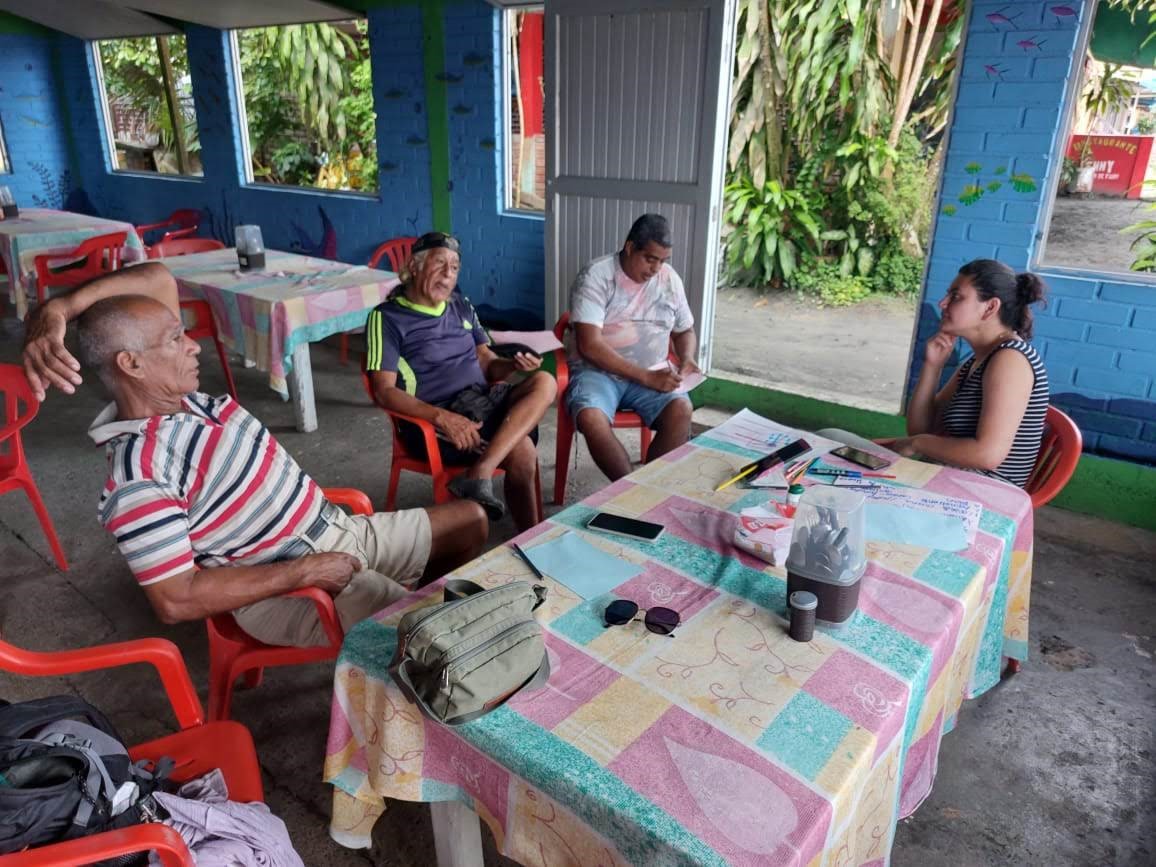
Residents of Juan Chaco engage in a human-centered workshop, identifying the needs of the community and how to meet them. Photo: Ana Trujillo / E4C
Change is coming
Thinking about change is easy, and dreaming about it is much easier. The challenge is to understand it and then execute it with conviction. The biodiversity found in this place is unique and the community has a rich culture. The technologies needed to meet their needs already exist, so the innovation needed is in the way they are introduced and applied. I am confident that the change will be progressive. Whales will give birth in clean water, and beyond that, the community, tourists and everyone else will thrive in a clean and sustainable environment.
About the Author
Ana Milena Trujillo Castro is a mechanical engineer based in Bogotá, Colombia, and a former Fellow at Engineering for Change in 2022.
